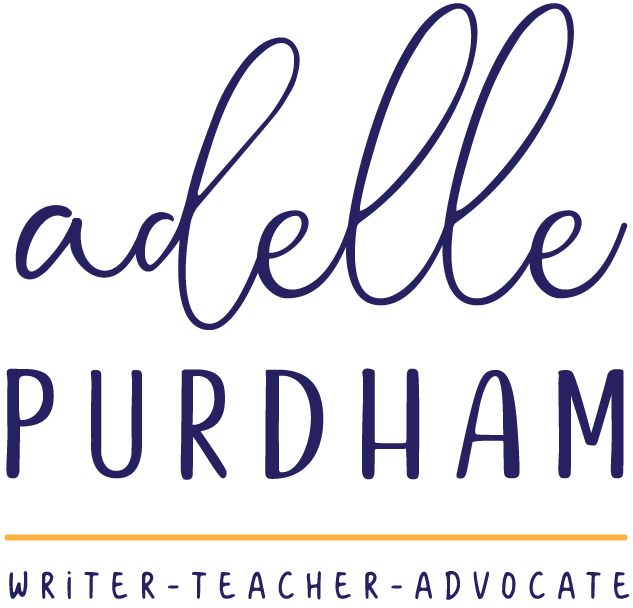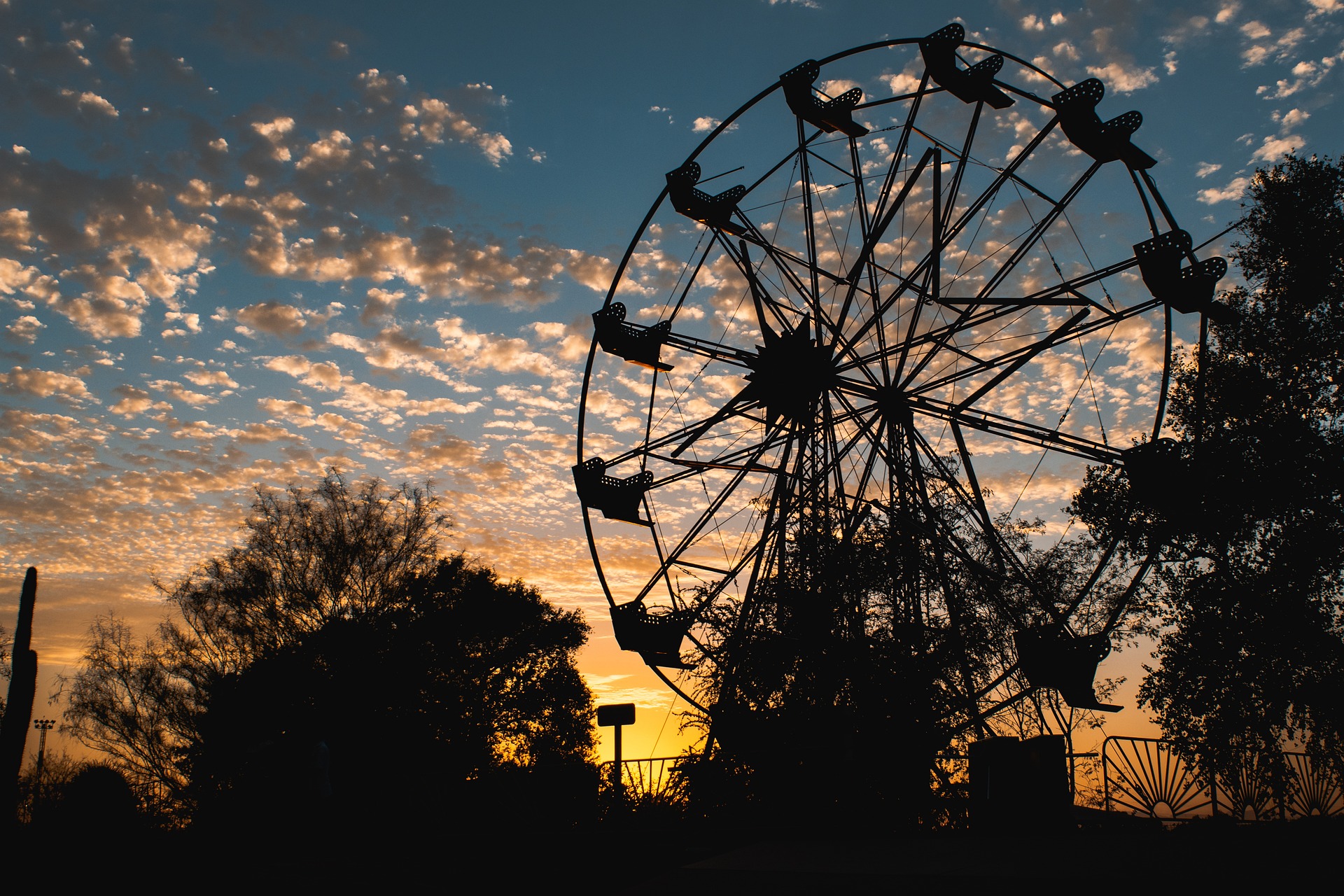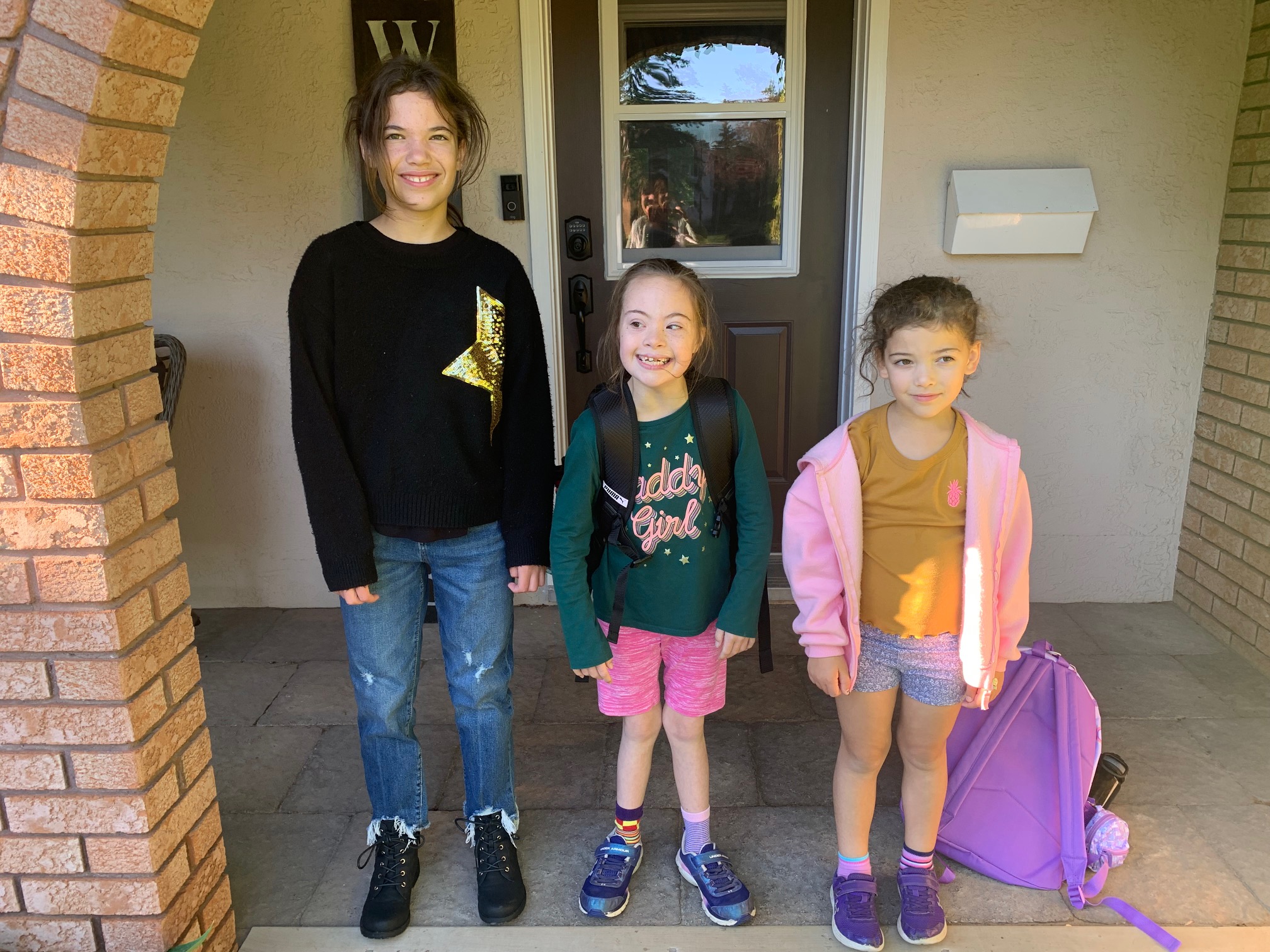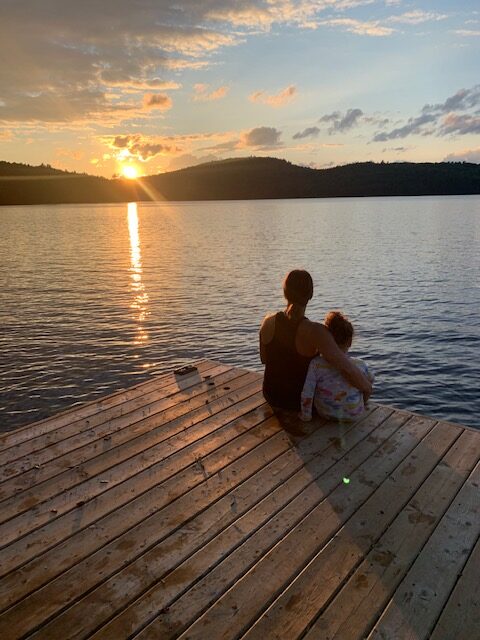In some ways, everything I’ve done to date, my educational pathway and life experiences, have prepared me to teach memoir and creative writing. Every tiny stream feeds into the river that’s brought me here. A joint major in French Literature (language, books!) and Psychology (the scientific study of the human mind and its functions, especially those affecting behaviour, aka the study of the self=memoir!), followed by a teaching degree with a French specialist (language, teaching).
Working with M.G. Vassangi at the Humber School for Writers gave me the confidence to know I could write memoir—and write badly, as I mixed metaphors in the same sentence and was ignorant of the tricks and tips I know now and continue to learn. Completing the first draft of my memoir was its own education, as were the hundreds of memoirs I read and learned from along the way.
I can say with certainty my M.F.A. (Master of Fine Arts) in Creative Nonfiction Writing both contributed to and inspired my creative life and endeavour to teach. The MFA revealed a new landscape in my periphery, one with literary festivals, book launches, readings, conferences, pitches, publishing opportunities and an over-arching view of how the whole industry works. I became adept, by necessity, at managing several writing projects at once, and I was forever creating something new—because I had to be. During the course of my two-year MFA program: I wrote my first play, dabbled with poetry and created the beginnings of a Chapbook. I found a home for four of my essays in anthologies, published in newspapers, magazines and online, as well as received acceptance in a literary journal for one of my poems. I wrote nineteen essays in varies stages of completion, and these form the first draft of a whole new book I cannot wait to put out into the world. I learned immensely about the craft of writing and editing from the thoughtful and diligent work of the three incredible mentors I had the pleasure of working with: Jane Silcott, Cooper Lee Bombardier, and Ayelet Tsabari.
When you are accepted into an MFA in CNF program, suddenly you are surrounded by like-minded bookish folks who tell you about the myriad great books you could be reading and the books that remind them of your project—and oh! Don’t forget the incredible books on craft. To a writer and a reader, this is a godsend. I have lists of books to read that will last me years.
And yet, still, none of this on its own really prepared me to teach memoir and creative nonfiction writing.
Some things cannot be taught, they must be experienced.
For the three years I taught grade one French immersion, now almost ten years ago, I never worried about being judged by those six-year-olds. Whenever possible, I tried to lean into my silly side. One lunch hour I stayed behind with my students as they had requested one of our infamous dance parties. I had Rhianna turned way up, which the kids loved. As the conga line rounded the desks, one of my disgruntled elderly colleagues flung open the door to my classroom and shouted at the students, “WHAT IS GOING ON HERE?!” Everybody froze. I hit pause on the CD player and said, in my twenty-four-year-old whisper voice, “I’m here.”
“Oh,” she said, “okay then. Just turn it down a bit.” She turned on her heels and walked off. I turned the music back up, we breathed a collective sigh of relief, and kept the dance party going. I have never wanted to be the adult in the room shouting out directions. I just want to dance.
Becoming the fun dance party teacher is not advisable on day one when you have teaching objectives and obligations to fulfill and some semblance of class management to uphold. But I think—no, I know—there is something that needs to be shaken loose between you and your students; a safety, a trust, a meeting of spirits, and honesty of the self that is just as important to learning as anything you will ever teach. When I think back to those days, it’s the dance parties and the hands-on, experiential learning that I remember. The silly songs and routines that got us through the day. The field trip organized by a dear colleague where the chickadees landed on my students cupped outstretched hands. Little fingers covered in dirt planting seeds, measuring their growth. Feet counting out steps down the hallway and playing imaginatively with manipulatives.
What I tried to bring to my first memoir workshop was a taste of the real world of memoir. Nothing I could possibly say would compare to experiencing the real deal. How do you explain the emotional gut punch, in Frank McCourt’s Angela’s Ashes, when the poor boys’ horse is shot before their eyes; the tiny beating of the flying fists of Michael, Frank’s little brother, hammering against the man who pulled the trigger. The horse’s corpse being dragged up the ramp by three men, jagged nails and uneven boards tearing and ripping into its flesh, the pink smearing of horse blood in its wake. Their mother, coming at the man now. Better to not explain it. Better to let the scene show what it’s trying to show in the words of the Pulitzer Prize winning author.
When we’re shown a thing, then what do we want to do? Here is how you ride a bike. We want to hop on that seat and try pedalling for ourselves. What I learned from teaching my first memoir workshop, is that I need to allow more time for the pedalling. I got my students on the bike, gave them a push, but I have no idea if they stayed upright or if they ever made it around the block and came back again. I ran out of time and missed out on the exchange that is sacred between teacher and student, the sharing and the feedback. Maybe this is an unreasonable expectation in a two-hour time frame, within the confines of a workshop, but I certainly wanted to hear something of their work. As a last-ditch attempt, as my time with them dwindled down, I offered to read anyone’s scenes if they would be so kind as to send them my way. I heard back from a few, and I’m grateful for that.
A note on technology. Ideally, I would have done a dry run through to ensure the links and movies worked with someone else on the other side of the screen. Ideally. I’ve made a mental note for my future self to avoid spending participant’s break trying to get the movie sound to come on. Additionally, Zoom share screen may be some sort of sick social experiment in patience; I swear things work when they want to, screens disappear or fail to show up on a whim, while the pertinent slides whirl into other dimensions. I’m exaggerating slightly; it’s possible the errors are human.
I’m new to this form of teaching, I’m just learning the steps. Thank you to those who have the grace and patience to stand next to me as I flail and find my rhythm along the way.
You know deep down, when you do a thing, if you ever want to do it again. Facilitating women’s writing retreats, the feeling afterwards has always been, Yes please, I’ll take more of that! Accompanied by my need to learn from the experience and make the next event even better.
After the memoir workshop ended, I’m happy to report, despite my own insecurities about the minute things I said, or where the pace should have quickened, or the sound that failed to materialize, I do want to teach. Again! Said the miniature being who sits throned in the inner sanctum of my mind. Yes, more please! The sensation I got from teaching was like a pleasant dream you wake from; one you want to keep on having.
When I woke up the next morning after the workshop, the thoughts and pleasant feelings remained. A flow of new ideas came rushing toward me in a gush, as my mind raced to keep up. And so I began anew, following the river, dreaming up my next workshop.












